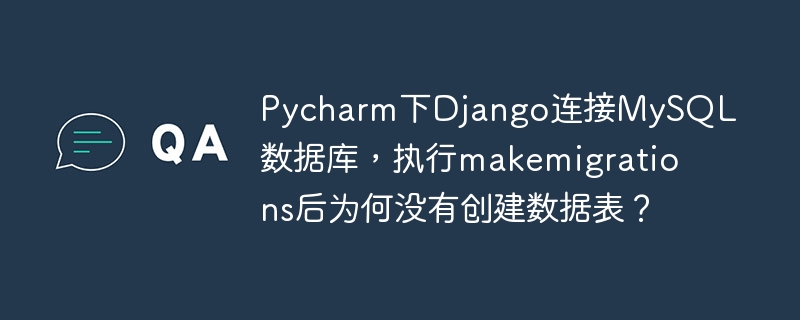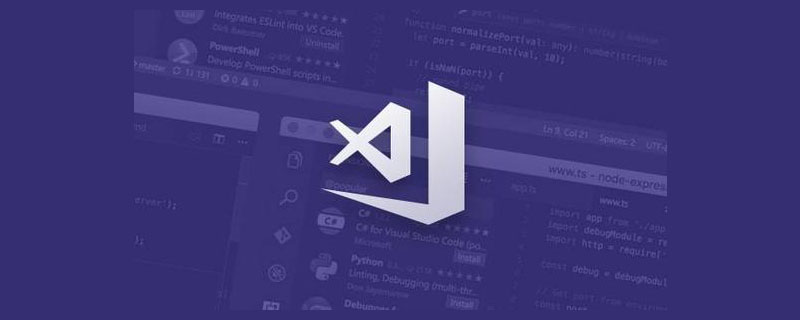
在debian操作系統中利用Swagger實現API文檔的導出,主要包括以下操作步驟:
1. 安裝Swagger相關工具
首先需要安裝Swagger命令行工具。可以通過pip來完成Swagger ui或Swagger Editor的安裝。
2. 編寫Swagger配置文件
你需要準備一個用于描述API接口的Swagger配置文件,通常為YAML格式,例如命名為swagger.yaml:
swagger: '2.0' info: title: Sample API description: A sample API to demonstrate Swagger integration version: '1.0.0' host: api.example.com basePath: /v1 schemes: - https paths: /users: get: summary: List all users responses: '200': description: An array of users schema: type: array items: $ref: '#/definitions/User' definitions: User: type: object properties: id: type: integer format: int64 name: type: string email: type: string format: email
3. 啟動Swagger UI服務
通過使用Swagger UI Express來運行本地服務器,從而能夠在瀏覽器中查看Swagger UI頁面。
node_modules/.bin/swagger-ui-express --swagger-file ./swagger.yaml --port 8080
4. 瀏覽Swagger UI界面
打開瀏覽器,訪問地址http://localhost:8080,即可看到展示在界面上的API文檔內容。
5. 導出API文檔內容
如需將API文檔導出為文件形式,可借助Swagger Codegen工具生成客戶端代碼或文檔。
安裝Swagger Codegen組件
pip3 install swagger-codegen
使用Codegen生成API文檔
可通過Swagger Codegen生成指定格式的API文檔,比如html格式:
swagger-codegen generate -i ./swagger.yaml -l swagger -o ./api-docs
該命令會在./api-docs目錄下創建HTML格式的API文檔。
小結
上述流程展示了如何在Debian系統中使用Swagger完成API文檔的導出操作。根據實際需求,你可以靈活修改配置文件以及輸出文檔的具體格式。
? 版權聲明
文章版權歸作者所有,未經允許請勿轉載。
THE END



















